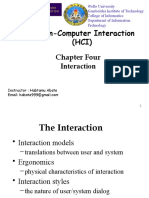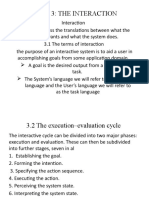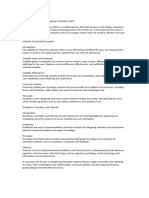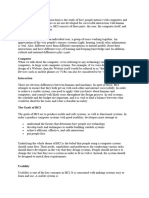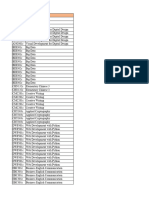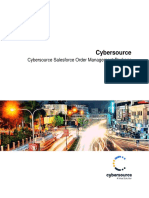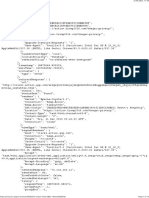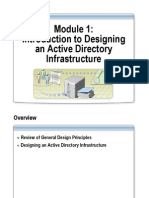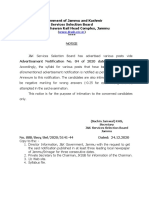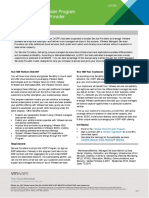0% found this document useful (0 votes)
9 views76 pagesModule 2 (The Interaction)
The document discusses various aspects of interaction design, focusing on mobile interfaces, dialog design, and user experience (UX) principles. It outlines models of interaction, including Norman's model, and explores different interaction styles such as command line interfaces, menus, and natural language processing. Additionally, it emphasizes the importance of usability and the evaluation of interactive systems in achieving effective user-system communication.
Uploaded by
harshankumarpottiCopyright
© © All Rights Reserved
We take content rights seriously. If you suspect this is your content, claim it here.
Available Formats
Download as PDF, TXT or read online on Scribd
0% found this document useful (0 votes)
9 views76 pagesModule 2 (The Interaction)
The document discusses various aspects of interaction design, focusing on mobile interfaces, dialog design, and user experience (UX) principles. It outlines models of interaction, including Norman's model, and explores different interaction styles such as command line interfaces, menus, and natural language processing. Additionally, it emphasizes the importance of usability and the evaluation of interactive systems in achieving effective user-system communication.
Uploaded by
harshankumarpottiCopyright
© © All Rights Reserved
We take content rights seriously. If you suspect this is your content, claim it here.
Available Formats
Download as PDF, TXT or read online on Scribd
/ 76







